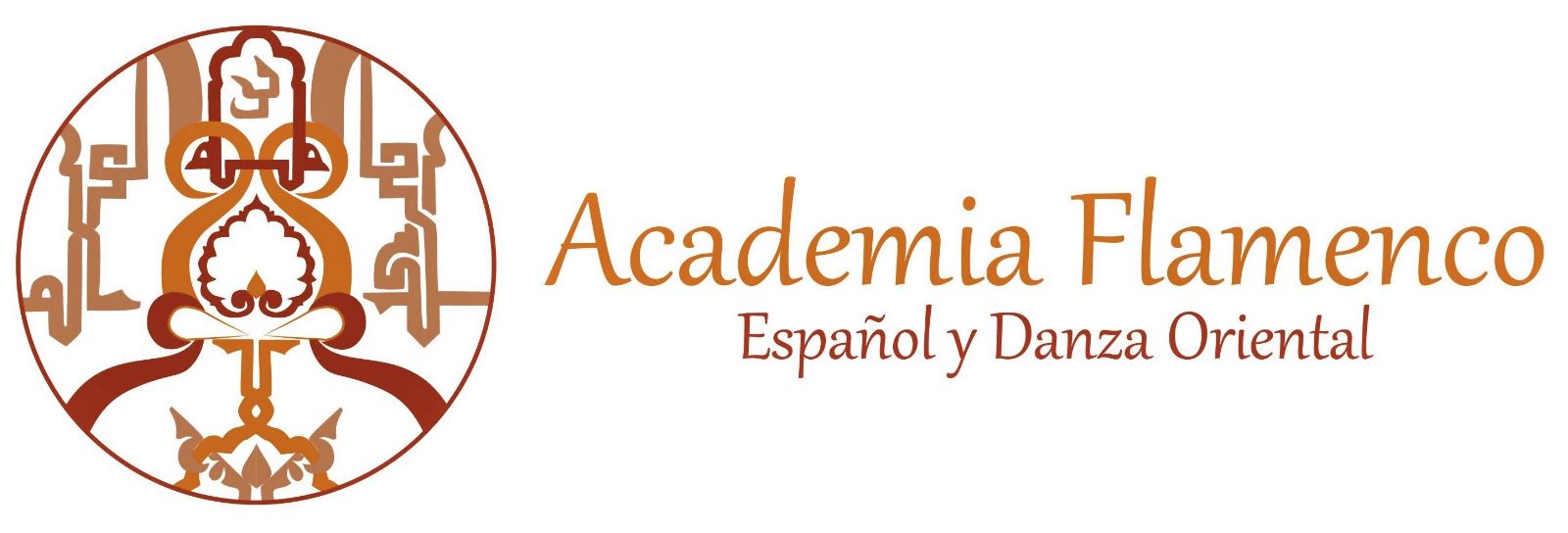Oriental Dance School Instructors and Performers

Lorraine
Driven by dance, Lorraine (aka. Lorraine_Danses) enjoyed performing on the stage since she was 5 years old. She trained in classic ballet for 14 years. In 2016, Lorraine joined a world dance company, where she discovered many dances, including oriental dance. Since then, she continued to perfect her practice and her knowledge by learning with the greatest teachers. Her dance performances and teaching skills are recognized in Europe, where she won several awards: LDDS, Zayan Portugal, ODM, and more.
Lorraine conquered the public with her technical mastery of many dance genres, which she implemented in an expressive dance that transmits “the soul” of oriental dance (Raqs Sharqi). To connects with the cradle of oriental dance culture, Lorraine transmits her passion to her students by attaching special importance to her interpretation of authentic Near Eastern music performed with perfect technique.
Helena Rull, Oriental Dance Performer

Origins of Oriental Dance
Since the dawn of civilization, Oriental Dance (Raqs Sharqi), also known as Belly Dance, has been a component of Middle Eastern culture, but today Oriental Dance is being performed all over the world as a way for women to express their artistic side, work out, and gain confidence.
The innate human attraction to the source of life is the root of the continued popularity of Oriental Dance. The dance itself has its roots in the fertility rites and ceremonies that women from different Middle Eastern civilizations performed in the ancient past. These dances were performed during festivals and rites of passage, and they were frequently connected to the worship of the goddess Ishtar. The 19th century BCE relief below depicting a winged and nude figure is also known as the Queen of the Night relief and is believed to represent the Goddess Ishtar. It is made with Mesopotamian terracotta and is currently displayed in the British Museum in London.

In ancient Mesopotamia, Ishtar was worshiped as the goddess of war, love, fertility. To guarantee fertility and prosperity, Ishtar sanctified the temple priestesses’ fertility rites. Later in time, Ishtar developed into a more nuanced figure who was associated with myths of catastrophe and death, a goddess of opposing forces. Later myths referred to her as the Queen of the Universe, and she assumed the abilities of male deities.
Ishtar worship changed over time and was adopted by various civilizations, such as that of the ancient Greeks and Romans. Because of her associations with love and fertility, Ishtar was sometimes conflated with other goddesses, such Aphrodite and Venus. Wall paintings, hieroglyphs, and relics from ancient Egypt show dancers using motions akin to belly dancing. These dances were performed at festivals, social events, and religious ceremonies as a form of entertainment.

Egyptian Tomb Painting 1400 BCE
In the Middle East, Oriental Dance is a community practice that differs according to the religious and cultural restrictions of its diverse and self-contained religious communities. Around the world, however, Oriental Dance is mostly performed solo on a stage, or choreographed for a synchronized group performance as a form of fine art.
© 2024 Academia Flamenco, Español y Danza Oriental
Location Address: Plaza de la Merced, 2. 18010 (Albayzín) Granada, España
